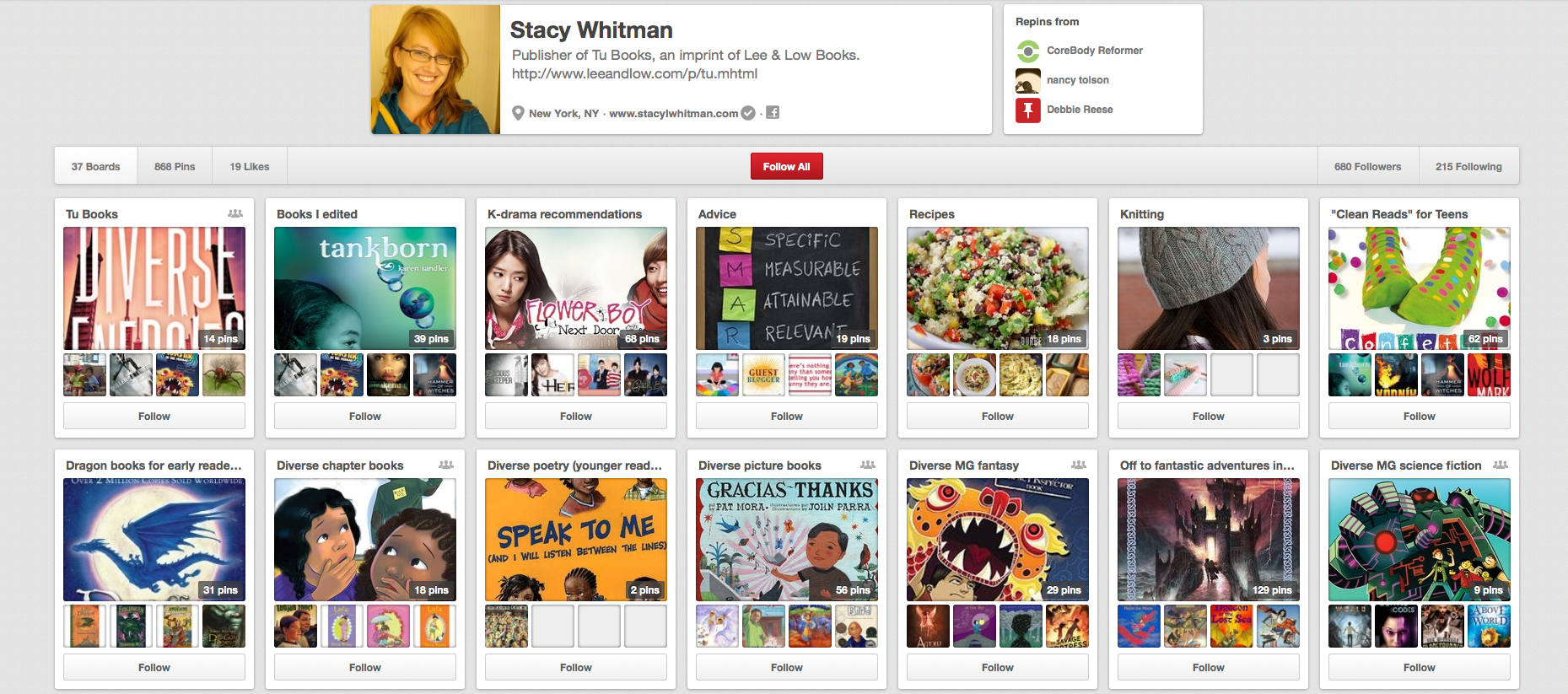I added these to my last post, because some readers pointed out that it sounded like I was defending Bloomsbury’s choice of cover, which wasn’t my intent at all. In fact, I was trying to point out that despite pressures from sales and marketing, the fact remains that it is very important to be aware that if you’ve got a person of color main character in the book and you want a person on the cover of the book (as opposed to a striking symbol, which is a current cover trend), you really have to make sure that the character represented on the cover actually matches the character described in the book. Heck, it’s important all around, no matter whether the character is a person of color or not. If the character in the book is a white blonde girl, don’t make her a redheaded Asian man on the cover, any more than vice versa. But it’s especially important to think about, given our industry’s history of whitewashing covers, when the character is a person of color.
So here are some questions that arose in my mind as I’ve been reading over the articles and discussion of the Liar cover:
Questions I’d love to hear addressed from the publishing end of things:
1. I’ve had authors tell me that their houses (houses I have not worked with) have asked them to change their characters from black to white because of this very myth that “black books don’t sell” or that it forces a book into a niche for only black readers (a myth that I personally think is bunk). Why do marketing departments say this, and therefore why does this pressure on editors, especially in fantasy, exist?
I never got that kind of pressure at Mirrorstone. Our marketing department was completely excited about Star Sisterz — a series that featured several different girls of various ethnic backgrounds as the rotating main characters, including a Jewish girl, an Indian-American, a black girl, and a Latina — and Hallowmere, which featured a white main character to start with in the first three books, but then split up to the French girl, the Hungarian girl, the Irish girl, the black girl who was formerly a slave (remember, this is post-Civil War Virginia), and a Hopi girl was going to be introduced in book 8, a character Mara (the former slave) was going to meet on her journeys.
I was excited about this series, and never really got any kind of pushback from the market on either Star Sisterz or Hallowmere from library shows or IRA–in fact, the librarians we talked to snapped up those books, knowing their readers would *love* them. Why is there this pressure in (at least certain) NY houses over a myth that simply isn’t true? And how do those environments differ from houses where they seem to welcome diversity in both covers and content (books edited by Alvina Ling and Cheryl Klein come to mind)?
2. (Somehow, this question disappeared from my previous post. Argh!!) Even with this pressure from sales and marketing, why do others give in to the pressure, rather than focusing on re-educating the marketing people? I could probably answer this one: because the marketing and sales people are worried that the biggest buyers will shelve the books in the wrong place in the bookstore (a complaint that is lodged multiple times in the comments to Justine’s post about her cover). Again, I don’t know what conversations went on behind the scenes at Bloomsbury, or why this cover would be decided on despite how they must have known it would have been received. I can believe that they thought that making the cover a “lie” — i.e., as if the character had put a picture of someone else on the cover, not herself — might have been part of the discussion, but it obviously doesn’t work for readers in the intended way, if so.
I’ve also had local booksellers here in Utah tell me that “my customers are as white as you are, and they’re not interested in multicultural literature” when I would mention that I was in the process of starting a small press focusing on multicultural fantasy and SF for YA/children. But I don’t believe that’s true regarding the readers themselves, and it ends up being a self-perpetuating cycle that leaves out a huge proportion of the population that probably avoid that store because they can never find books that either 1) they can identify with themselves or 2) in which they can read about other people not like themselves, if they’re white-bread Utahns. Honestly, the proportion of Latinos, black people, Asians, and Polynesians in Utah is pretty strong and steadily growing, so I think it’s ignorant of historically white communities to ignore the growing diversity right in front of them.
So how can we show the whole chain, from booksellers on back to publishing houses, that the readers are there if they’d just acknowledge them?
3. This relates to the questions raised last week about letting our boys be book bigots, but in this case, I think it’s more decisions made on the parts of adults prior to the books getting into the hands of young readers. Have we ever done any kind of market research (even if it’s just a survey to librarians) about what readers like to read about? (Actually — we did such a survey at some point at Wizards.) I’m pretty sure that most middle grade and YA readers across a wide range of communities would count action, adventure, mystery, romance, fantastic magic, and other story elements way above the race of the character, except that they’d probably like to see more diversity, because exploring the world of the character is a fun thing for most readers. I’d love to see PW or some other independent body publish something on this–or to see an academic study on readership.


